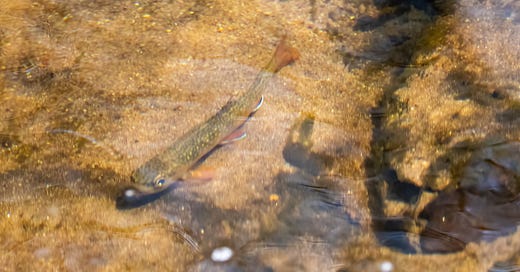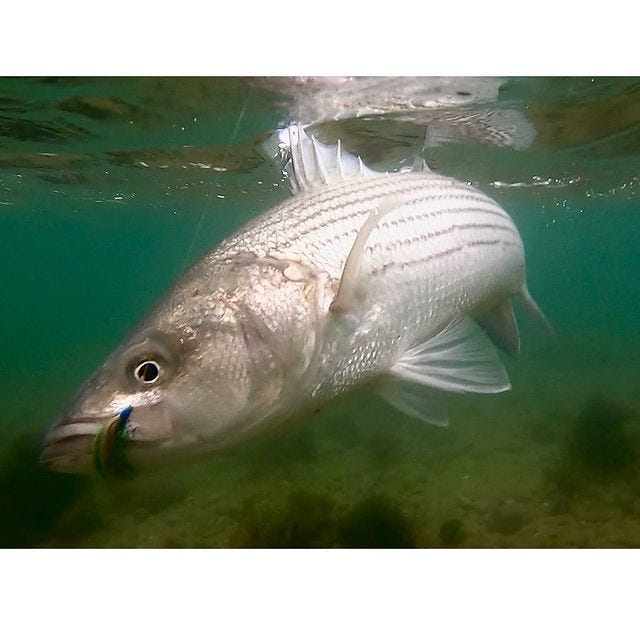On Martha’s Vineyard, Noepe to the indigenous Wampanoag people—“land amid the waters”—wild brook trout maintain “a tenuous grasp on life in cool, secluded pockets of water.”
When you think of fishing on Martha’s Vineyard—not vacationing presidents or ostentatious vacation homes1—yo…






